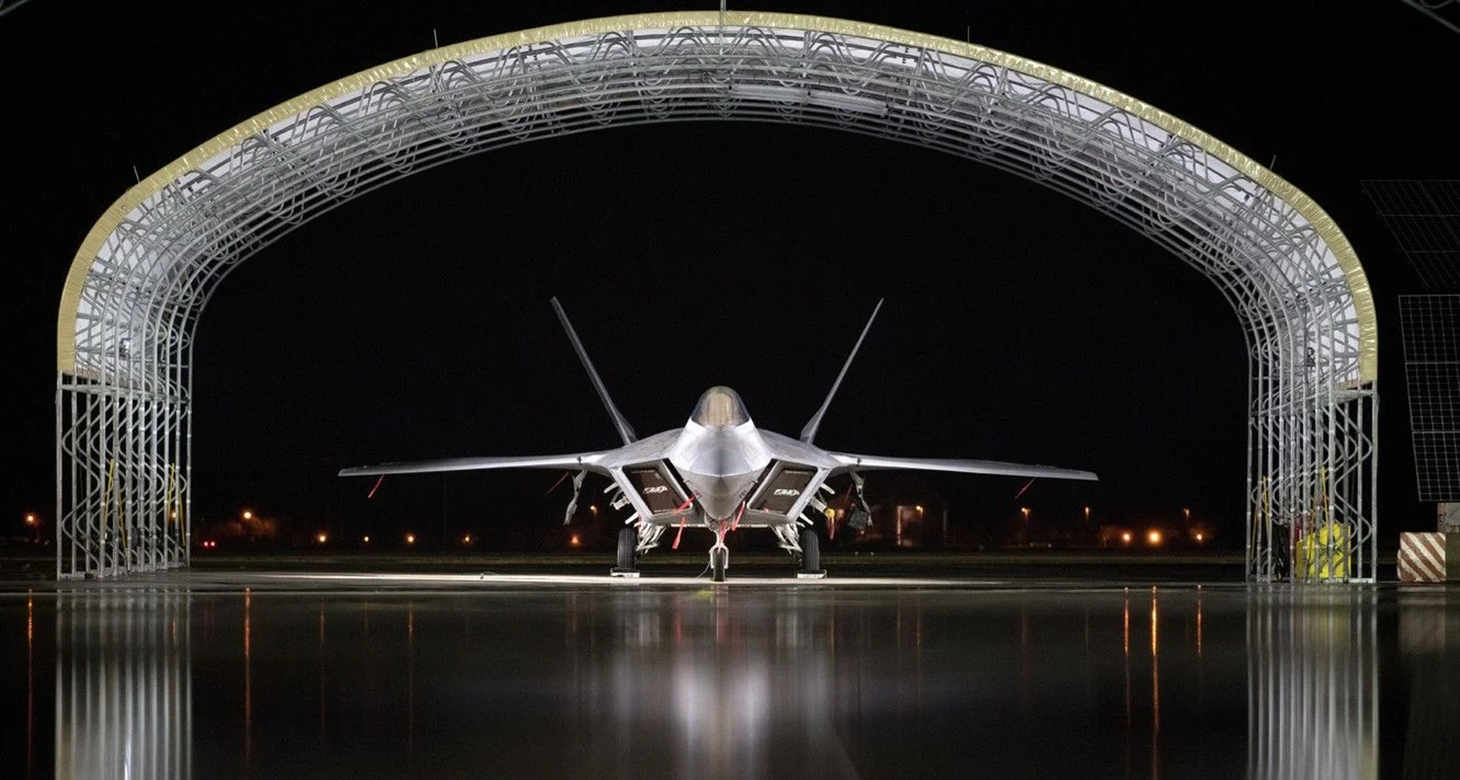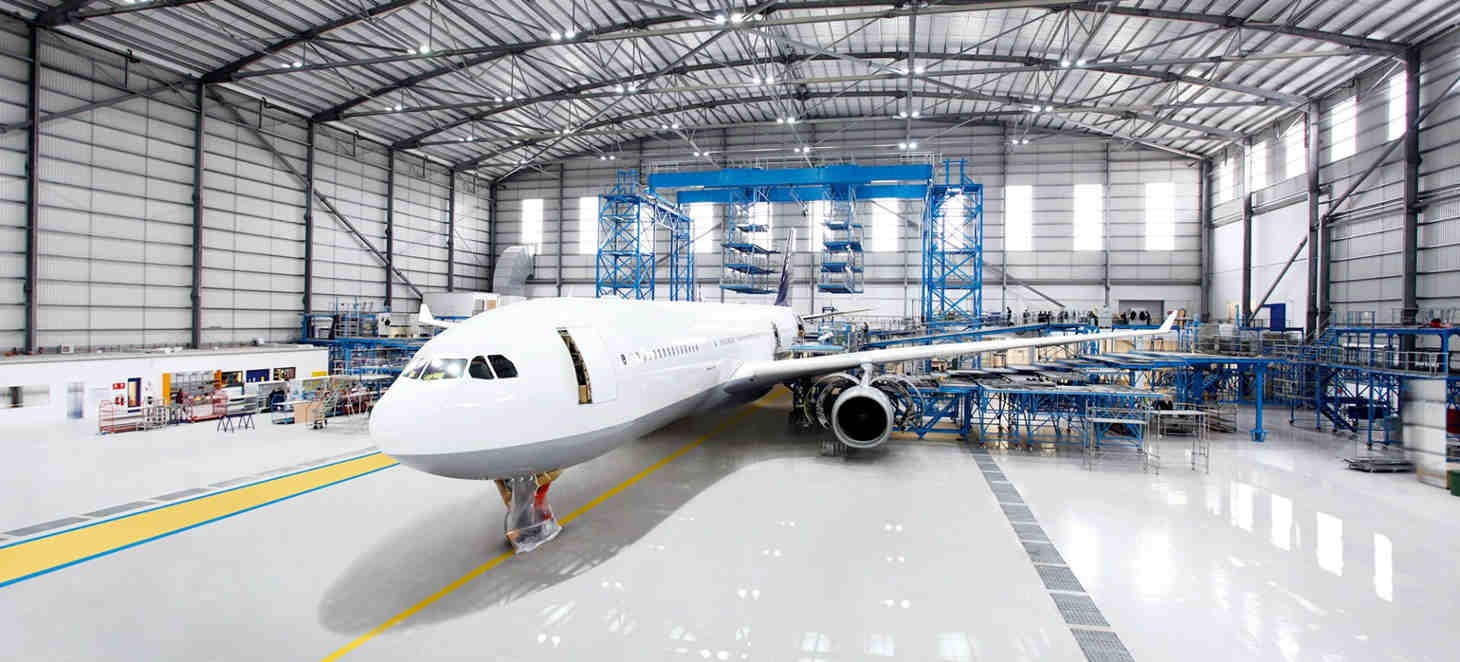Building a steel structure hangar involves meticulous planning, precise engineering, and efficient construction practices. These hangars are widely used in aviation for storing aircraft, maintenance operations, and as multipurpose facilities. The process of constructing a steel structure hangar encompasses several stages, from initial planning and design to construction and final inspection. This guide provides a comprehensive overview of how to build a steel structure hangar.

Initial Planning and Design
Site Selection and Preparation
Site Assessment: Choose a suitable location considering factors such as accessibility, ground conditions, and proximity to runways or operational areas.
Zoning and Permits: Ensure the site complies with local zoning regulations and obtain necessary permits. This may involve environmental impact assessments and consultations with regulatory authorities.
Site Preparation: Clear the site of any obstacles, debris, and vegetation. Level the ground and prepare the foundation area for the steel structure hangar.
Design Considerations
Purpose and Requirements: Define the primary purpose of the steel structure hangar. Consider storage needs, maintenance operations, office spaces, and any other functional requirements.
Structural Design: Engage structural engineers to design the steel grid structure hangar. The design should comply with relevant building codes and standards. Key elements include the framework, roofing, cladding, and doors.
Material Selection: Choose appropriate steel grades and other materials considering factors like load-bearing capacity, environmental conditions, and corrosion resistance.
Budgeting and Scheduling
Cost Estimation: Develop a detailed budget covering all aspects of the project, including materials, labor, equipment, and contingencies.
Project Timeline: Create a realistic project schedule outlining key milestones from planning to completion. Factor in potential delays due to weather, permitting, or supply chain issues.
Foundation and Framework
Foundation Construction
Foundation Design: Design a robust foundation to support the steel structure. This may include reinforced concrete footings, slabs, or piers depending on soil conditions and load requirements.
Excavation and Pouring: Excavate the foundation area according to design specifications. Pour concrete and allow it to cure properly to achieve the required strength.
Erecting the Steel Framework
Component Fabrication: Fabricate steel components such as columns, beams, and trusses in a controlled environment. This ensures precision and quality.
Transportation and Assembly: Transport prefabricated components to the site. Use cranes and lifting equipment to position and assemble the steel framework. Ensure all connections are secure, using bolts, welds, or rivets as specified in the design.
Alignment and Bracing: Align the steel framework accurately. Install temporary bracing to maintain stability during construction.
Roofing and Cladding
Roofing Installation
Trusses and Purlins: Install roof trusses and purlins to provide support for the roofing material. Ensure they are spaced and aligned according to design specifications.
Roofing Material: Choose a durable roofing material suitable for the hangar’s use and local climate. Common options include metal panels, insulated panels, or membrane roofing.
Insulation and Ventilation: Incorporate insulation to regulate temperature and improve energy efficiency. Ensure proper ventilation to prevent condensation and maintain air quality.
Wall Cladding
Cladding Material: Select wall cladding materials that provide adequate protection against weather elements and enhance the hangar’s appearance. Options include steel panels, insulated panels, or composite materials.
Installation: Install cladding panels securely, ensuring weather-tight seals and proper alignment. Include windows, doors, and access points as per the design.

Electrical and Mechanical Systems
Electrical Systems
Lighting: Install adequate lighting for both interior and exterior areas. Consider energy-efficient LED fixtures and emergency lighting systems.
Power Supply: Ensure a reliable power supply for operational equipment, maintenance tools, and any office or auxiliary spaces.
Safety Systems: Implement electrical safety systems, including circuit breakers, surge protection, and grounding.
Mechanical Systems
HVAC: Install heating, ventilation, and air conditioning (HVAC) systems to maintain a comfortable working environment and protect stored aircraft or equipment.
Plumbing: If required, install plumbing systems for restrooms, kitchens, and maintenance areas. Ensure proper drainage and waste management systems.
Doors and Access Points
Hangar Doors
Type Selection: Choose appropriate hangar doors based on operational needs. Common types include sliding doors, bi-fold doors, and vertical lift doors.
Installation: Install doors ensuring smooth operation and secure locking mechanisms. Consider motorized systems for ease of use and efficiency.
Access Points
Personnel Doors: Install personnel doors at strategic locations for easy access and emergency egress.
Loading Bays: Include loading bays for efficient handling of supplies and equipment.
Interior Finishing and Safety Features
Interior Layout
Functional Spaces: Divide the interior into functional spaces such as storage areas, maintenance bays, offices, and restrooms.
Flooring: Choose durable flooring materials suitable for heavy loads and high traffic. Options include reinforced concrete, epoxy coatings, or specialized hangar flooring.
Safety Features
Fire Safety: Install fire detection and suppression systems, including alarms, sprinklers, and extinguishers.
Security Systems: Implement security measures such as surveillance cameras, access control systems, and perimeter fencing.
Final Inspections and Handover
Inspections
Structural Inspection: Conduct a thorough inspection of the steel framework, connections, and overall structural integrity.
Systems Testing: Test all electrical, mechanical, and safety systems to ensure they function correctly and meet regulatory standards.
Compliance Check: Verify that the hangar complies with all building codes, safety regulations, and project specifications.
Handover
Documentation: Provide comprehensive documentation, including design drawings, inspection reports, and maintenance manuals.
Training: Train personnel on the operation and maintenance of the hangar, including safety procedures and emergency protocols.
Building a steel structure hangar is a complex but manageable process that requires careful planning, skilled execution, and adherence to safety and regulatory standards. By following these guidelines, you can ensure the construction of a functional, durable, and safe hangar that meets your operational needs and stands the test of time. Proper maintenance and periodic inspections will further enhance the longevity and performance of the hangar, making it a valuable asset for aviation or other industrial purposes. Get more information about this from a reliable manufacturer.